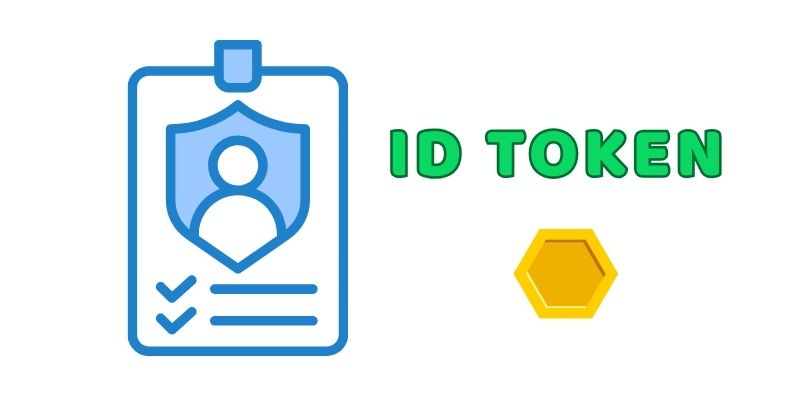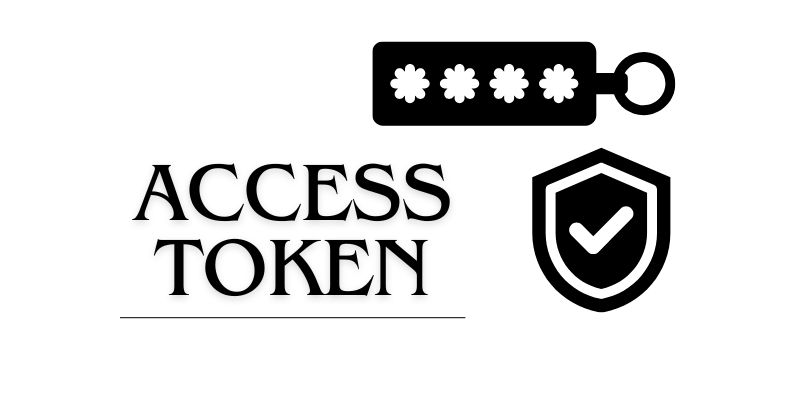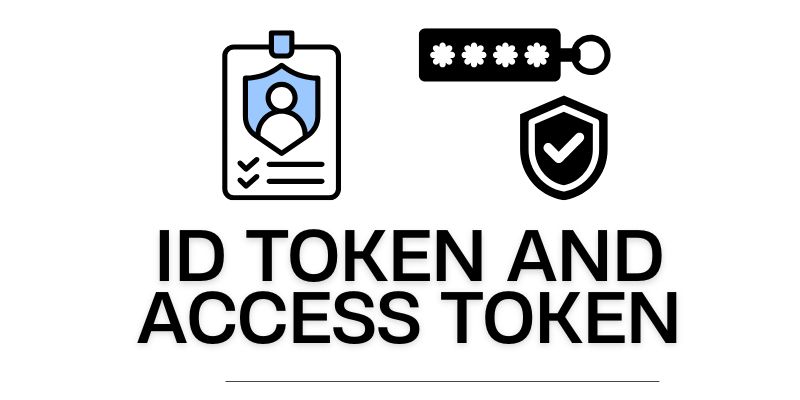ID Token and Access Token are two essential components in modern authentication and authorization protocols like OAuth 2.0 and OpenID Connect. While both play vital roles in securing user data, they serve distinct purposes. The ID Token is used to authenticate the user’s identity, while the Access Token grants permission to access protected resources on behalf of the user.
What is an ID Token?
An ID Token is a credential that serves to authenticate the identity of a user. It is issued by an Identity Provider (IdP) after the user successfully authenticates with the system. The ID Token is primarily intended to provide information about the user and the authentication process. It allows the client application to confirm the user’s identity without needing to directly interact with the user’s credentials again.
- Purpose: The primary purpose of the ID Token is to authenticate the user’s identity.
- Content: Typically contains user information such as the user’s name, email, and unique identifiers. The ID Token may also include authentication metadata, such as the time of authentication and token expiration details.
- Format: The ID Token is often issued in the JWT (JSON Web Token) format, containing claims like
sub(subject – the user),aud(audience – the intended recipient of the token), andexp(expiration time). - Intended Audience: The ID Token is consumed by the client application (frontend) to verify the identity of the user. It is not used to access protected resources or APIs.

What is an Access Token?
An Access Token, on the other hand, is a security credential used to authorize access to a user’s protected resources, such as APIs or data stored on a resource server. Access Tokens are issued after the user grants permission for an application to access their resources. Unlike the ID Token, the Access Token does not contain detailed user information but serves as a key that allows an application to request data on behalf of the user.
Key Characteristics of Access Token:
- Purpose: The primary purpose of the Access Token is to authorize the application to access a user’s resources on a server, typically through API calls.
- Content: The Access Token may be issued as a JWT but typically does not contain user-specific data. Instead, it contains scopes, permissions, and expiration times. It focuses on the authorization aspect of access.
- Format: Access Tokens can be issued in various formats, not necessarily JWT, though JWT is a common format in OAuth 2.0 and OpenID Connect. The token often includes metadata to confirm the scope of access.
- Intended Audience: The Access Token is used by the client application to make requests to resource servers, such as APIs, to fetch user data or perform actions on behalf of the user.

Key Differences Between ID Token and Access Token
Here is a breakdown of the ID Token vs Access Token comparison based on their functionality, usage, and key characteristics:
| Aspect | ID Token | Access Token |
|---|---|---|
| Purpose | Authenticates the user’s identity. | Grants access to protected resources. |
| Usage | Used by the client to verify the user. | Used by the client to access APIs. |
| Content | Contains user info (name, email, etc.). | Contains authorization information (scopes, permissions). |
| Format | Often a JWT. | Often a JWT, but not necessarily. |
| Audience | Client application (frontend). | Resource server (API). |
| Duration | Typically longer-lived. | Generally short-lived for security. |
| Contains Sensitive Info | May contain user personal details. | Generally does not contain sensitive personal data. |
When to Use ID Token vs Access Token?
- Use of ID Token: When you need to authenticate a user and confirm their identity, the ID Token is the appropriate tool. It is typically sent to the client application after the user successfully logs in, allowing the client to know who the user is and enable personalized services.
- Use of Access Token: When your application needs to access a user’s resources or APIs, it should use the Access Token. It is sent to resource servers (e.g., APIs) to authorize the application to perform specific actions on behalf of the user.

Understanding the ID Token vs Access Token distinction is crucial for building secure systems that effectively authenticate users and authorize access to resources. The ID Token is focused on user authentication, while the Access Token is focused on resource authorization. Using each token for its specific purpose ensures better security, efficiency, and compliance with modern authentication and authorization protocols.
To stay updated on the latest insights and best practices around authentication and security, don’t forget to follow Blockchain Bulletin Weekly for more expert content on ID Token and Access Token and other related topics!